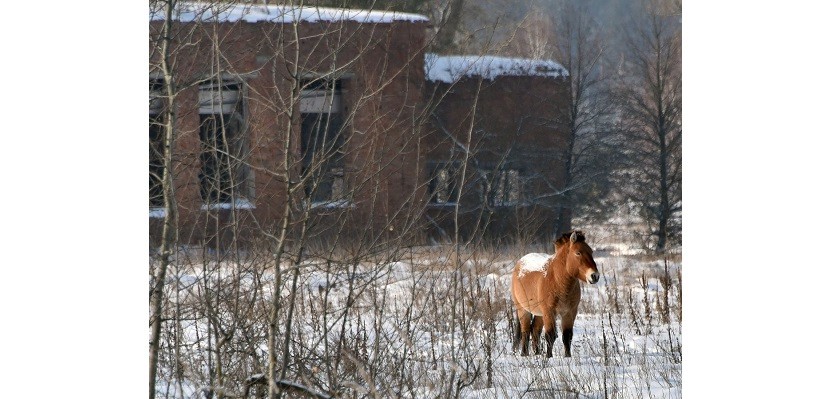Chernobyl: a wildlife miracle?

Hello, I’m Sarah Heath and you’re listening to 10 Minutes for the Planet on English Waves.
On the 25th of April 1986, the world witnessed what is still considered the worst nuclear disaster in history – an explosion at a nuclear reactor at the Chernobyl Nuclear Power Plant in the Ukraine, in what was, at the time, still the USSR. A failed safety test led to the explosion and the subsequent fire lasted for over a week. One of only two Level 7 nuclear accidents ever, the fallout was catastrophic and long-lasting, as radiation the equivalent of 400 Hiroshima bombs was released into the skies.
The effects on the area immediately surrounding the nuclear plant near the town of Pripyat was fatal both to the local population – 31 people were killed in the actual accident and many more succumbed to cancers resulting from radiation in the environment – but also to the flora and fauna in the fallout zone. An area of exclusion of 30km2 was immediately set up and 350,000 people were forced to evacuate, leaving towns and villages which are, to this day, abandoned. The UN set up an aid scheme for people who were affected most by the accident, the Chernobyl Recovery and Development Programme.
But what of the wildlife there? A nearby pine forest was instantly and most severely affected: the leaves on the trees turned red and soon died which resulted in the area being renamed the Red Forest. Animals in close vicinity all died of radiation poisoning where levels were at their highest. Studies showed that in these zones, populations of soil invertebrates and smaller mammals were decimated.
But it seems that Mother Nature is more resilient than previously thought. Seemingly, even more so when the human race has had to withdraw. A group of scientists who began aerial studies ten years after the accident, showed that wildlife had once again started to thrive within the exclusion zone and now, thirty-three years later, research groups have revealled that biodiversity is extensive across species of mammal, birds, insects and even bacteria. Remote, hidden cameras have picked up images of bison, brown bear, Przewalski horses and wolves.
Aerial images of abandoned towns show trees regaining their dominance in what was a concrete jungle for years after the explosion. Research has uncovered remarkable mechanisms within plants’ molecular structures which act as a defence against radiation. As they can’t remove themselves from a threatening location, they learn to adapt. Historically, many plant species existed thousands of years ago when global radiation levels were naturally higher which may explain their ability to better cope with accidental radiation fallout.
Scientists are still looking into the theory that plants and animals may be less affected by exposure to radiation than initially thought. But the effects from the fallout is still unknown. Adaptive evolution has been evident in some animal species: frogs in the area now appear to have darker skins, thought to be an additional protection against radiation.
There are some negative impacts on, for example, the life-span of certain insects and the presence of minor genetic mutations in birds, but overall, wildlife is thriving to such an impressive level that certain parts of the exclusion zone have now been designated with a status of an environmental biosphere by the Ukrainian government.
Human life is also gradually re-entering this once-contaminated zone. 2018 saw 70,000 tourists visiting Chernobyl and the nearby towns. Radiation levels have dropped to a point where the Ukrainian government is considering how to once again use parts of the zone for agricultural purposes. On the surface, this seems like a positive step forward. But it does beg the question: could it be that a nuclear disaster is less dangerous to the success of the natural world than the human race living in close proximity?
Tune in next time for more stories on the environment, here on English Waves.








COMMENTS